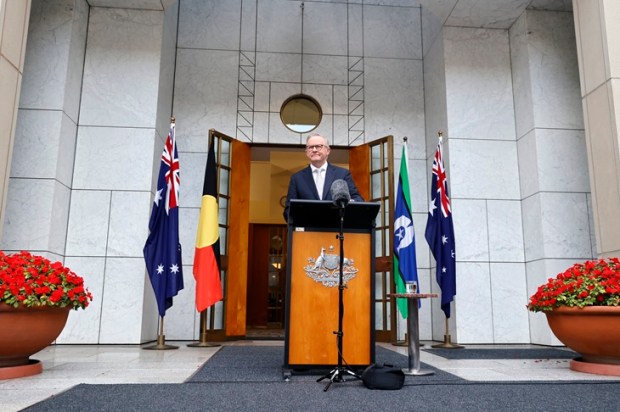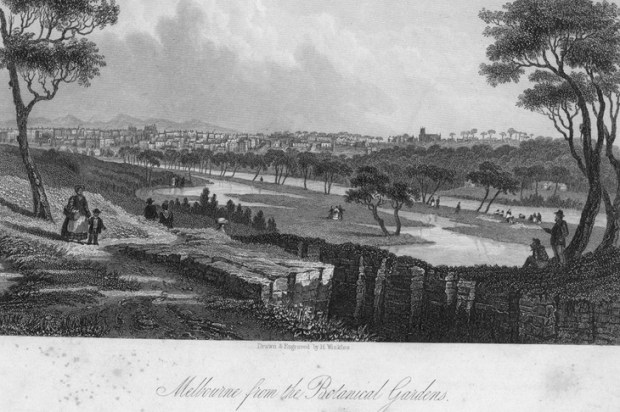Faced with an approaching election and constant media hype regarding the plight of our rivers during the Millennium drought, John Howard panicked and announced a $10 billion package to ‘save the Murray River’. Then to make matters more muddled, he appointed Malcolm Turnbull as Minister for the Environment and Water. History has demonstrated that both decisions were foolish at worst and unnecessary at best.
Originally promoted by Turnbull, the hastily assembled (but water-unaware) bureaucracy of over 400 environmental recruits came up with the Murray-Darling Basin Plan. Following a change of government, this plan was ultimately ushered through Parliament by Labor Water Minister, Tony Burke.
It has been a costly, unnecessary, and productivity-depleting disaster that is a non-solution to a non-problem. That it is a response to a non-problem is easily explained by these simple facts.
By the time Prime Minister John Howard announced his plan to ‘save the Murray River’, we had been coping with the Millennium drought for eight years and it would break previous drought records by continuing for another three years. However, while dam levels were low, the rivers of the Murray-Darling Basin were kept flowing in sufficient volume to meet all stock and domestic needs and all municipal requirements. As well, all permanent plantings (mainly fruit trees and grape vines) were kept alive and produced crops. It was only annual crop irrigators who, for over two years, had no water. But what did the ‘wet behind the ears’ water bureaucrats do? They blamed the people who had no water to use, for the low flows in the rivers and bought up their licenses and restricted their license allocation. These people were not (as claimed) ‘willing sellers’, they were ‘desperate sellers’ who, after nearly three years without income from irrigated crops, needed money to keep food on the table.
These people, who produce much of our fresh food, had little alternative but to sell their water entitlement license to an all-powerful bureaucracy. There is little nutritional value in a water license printed on government paper and unremarkably they proved of little value to this new Canberra bureaucracy. Why? You may well ask. Because it was wrongly assumed that the lower Murray River was dying because of lack of flow. It wasn’t, and that stretch of river has always had abundant water since the dams were built nearly 90 years ago. The reason for this is because the only dam on the Murray River itself is Hume Dam, which by Australian standards is a large dam, with a total capacity of just over 3 million megaliters.
However, the Kiewa, the Ovens, the King the Broken, the Goulburn, the Campaspe, the Loddon, and Avoca Rivers all run into the Murray River below Hume Dam from the south. From the north, we have the Billabong Creek, the Murrumbidgee, the Lachlan, and the Darling Rivers also feeding the Murray below Hume Dam. While many of these tributaries have dams on them all these rivers have extensive catchments below the dams and that is why the lower Murray is always awash with water.
The Murray River is Australia’s biggest and most reliable river because it has a catchment of nearly 1 million square kilometres which includes most of Australia’s snow melt. In an average year, this life source to the Murray-Darling Basin delivers around 10 million Megaliters of run-off to the sea and in above-average rainfall years like the 1921 and 1922 this run-off can exceed 70 million Megaliters.
So, is the Murray-Darling Basin Plan necessary?
No! Nor was it ever necessary and if water Minister Tanya Plibersek wants to go down in history as a successful Minister she should abolish ‘The Plan’ and establish water management authorities in each river valley as provided in Section 100 of the Australian Constitution.
The Murray River and its tributary valleys are a huge natural resource and properly managed we could generate at least 24,000 new jobs and $6 billion in economic activity annually, simply by practically managing this huge resource. But to do so we need to stop needlessly flushing valuable water into the sea and conserve it in times of plenty.

























